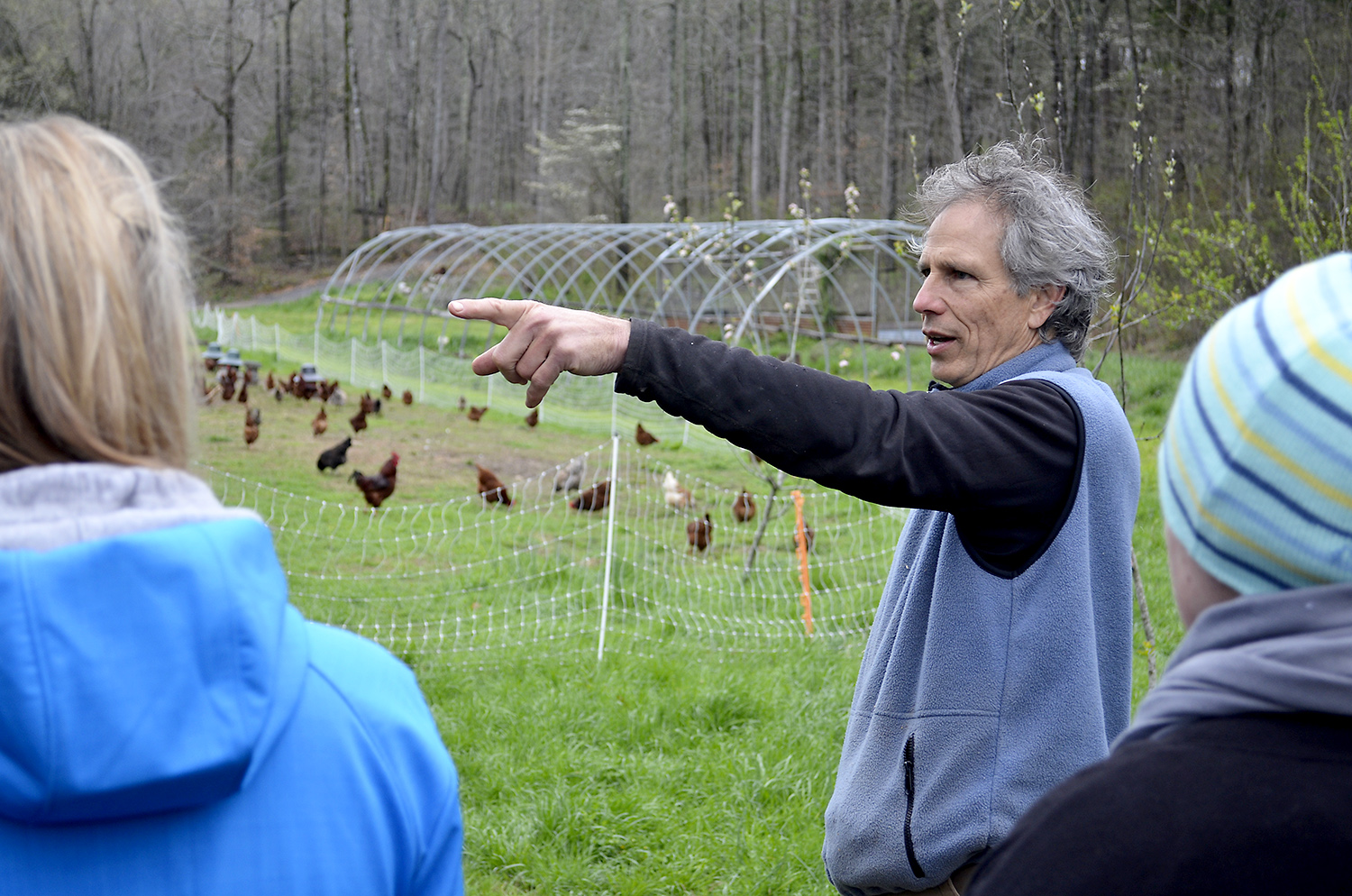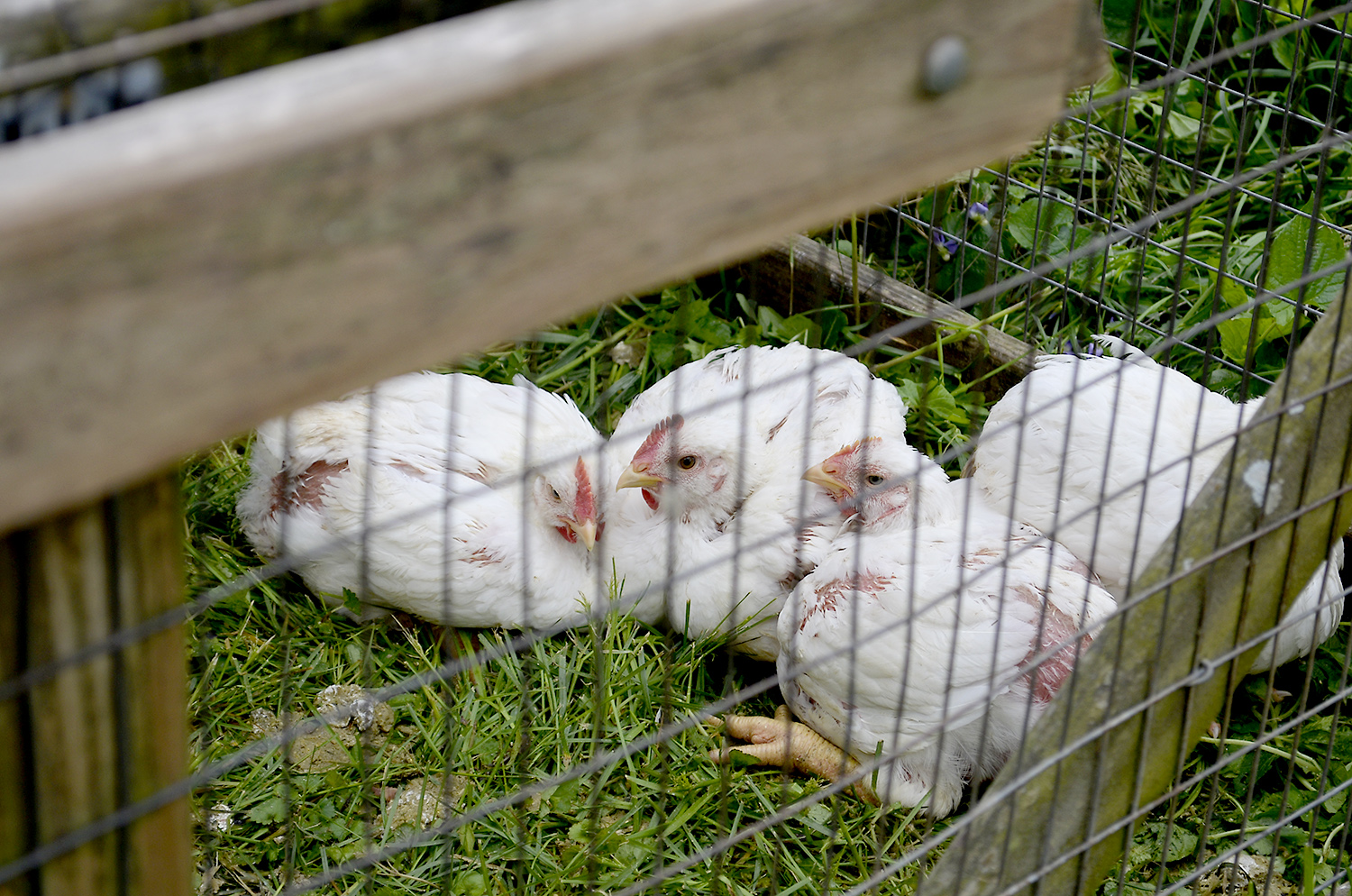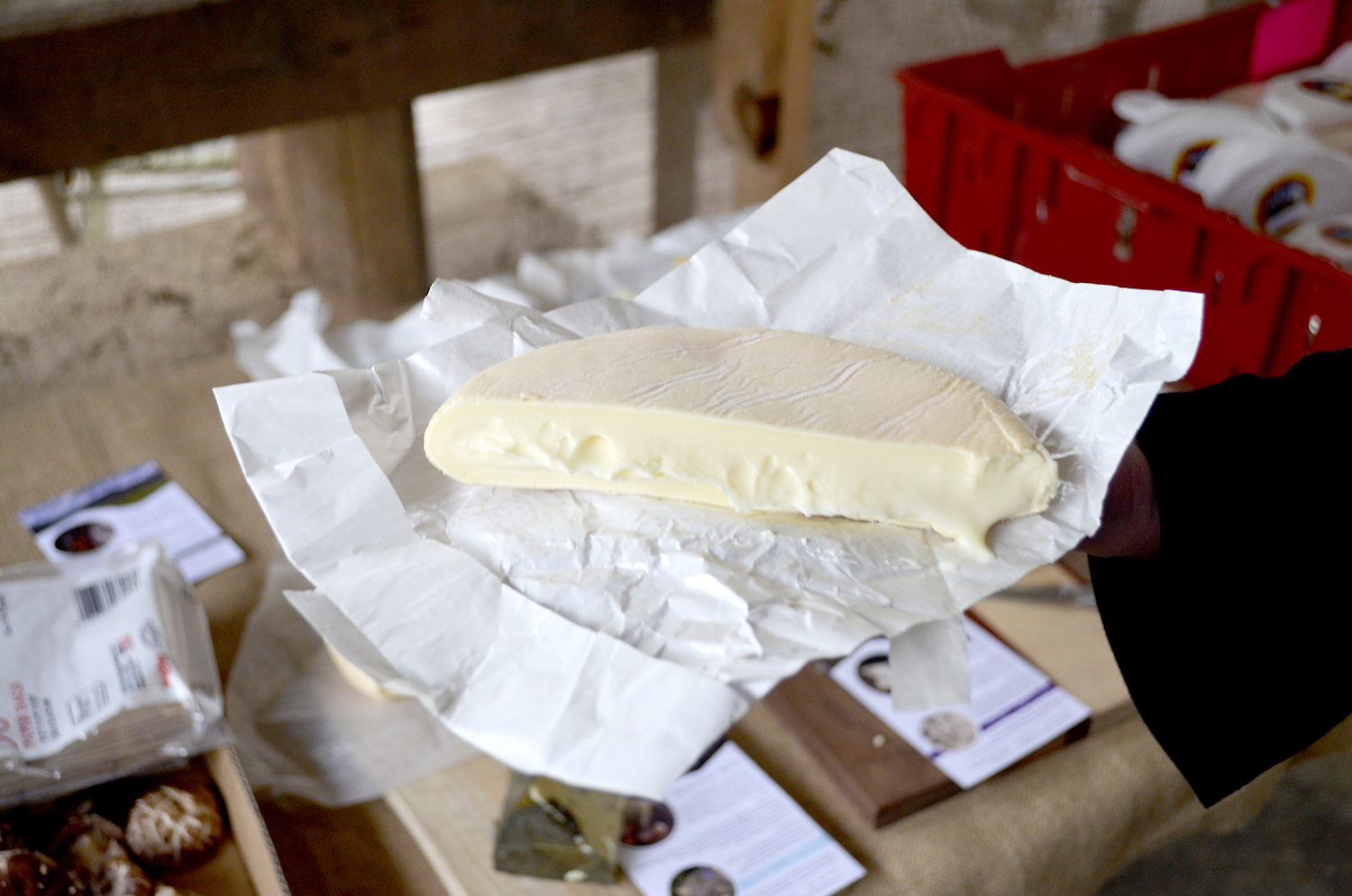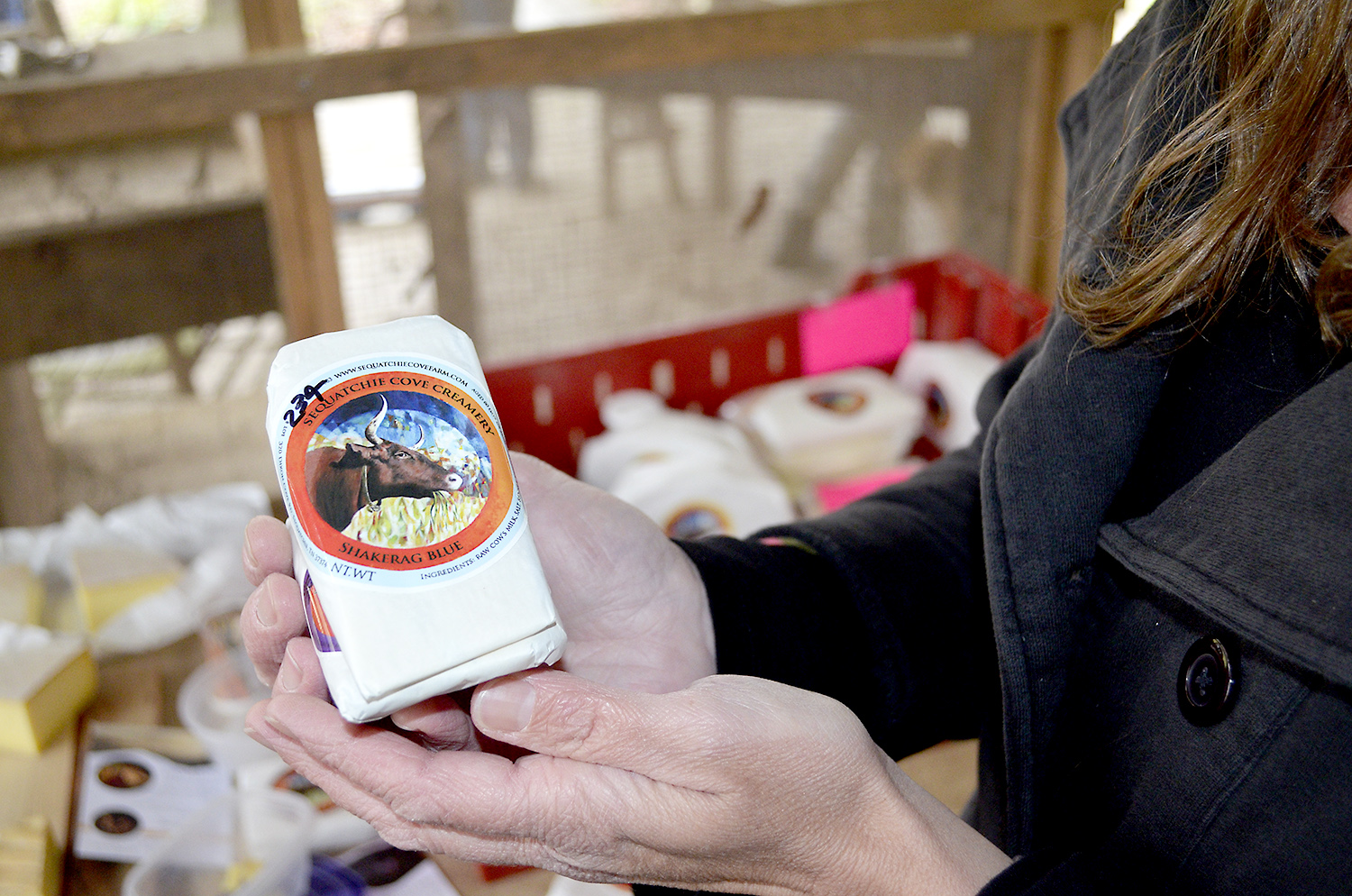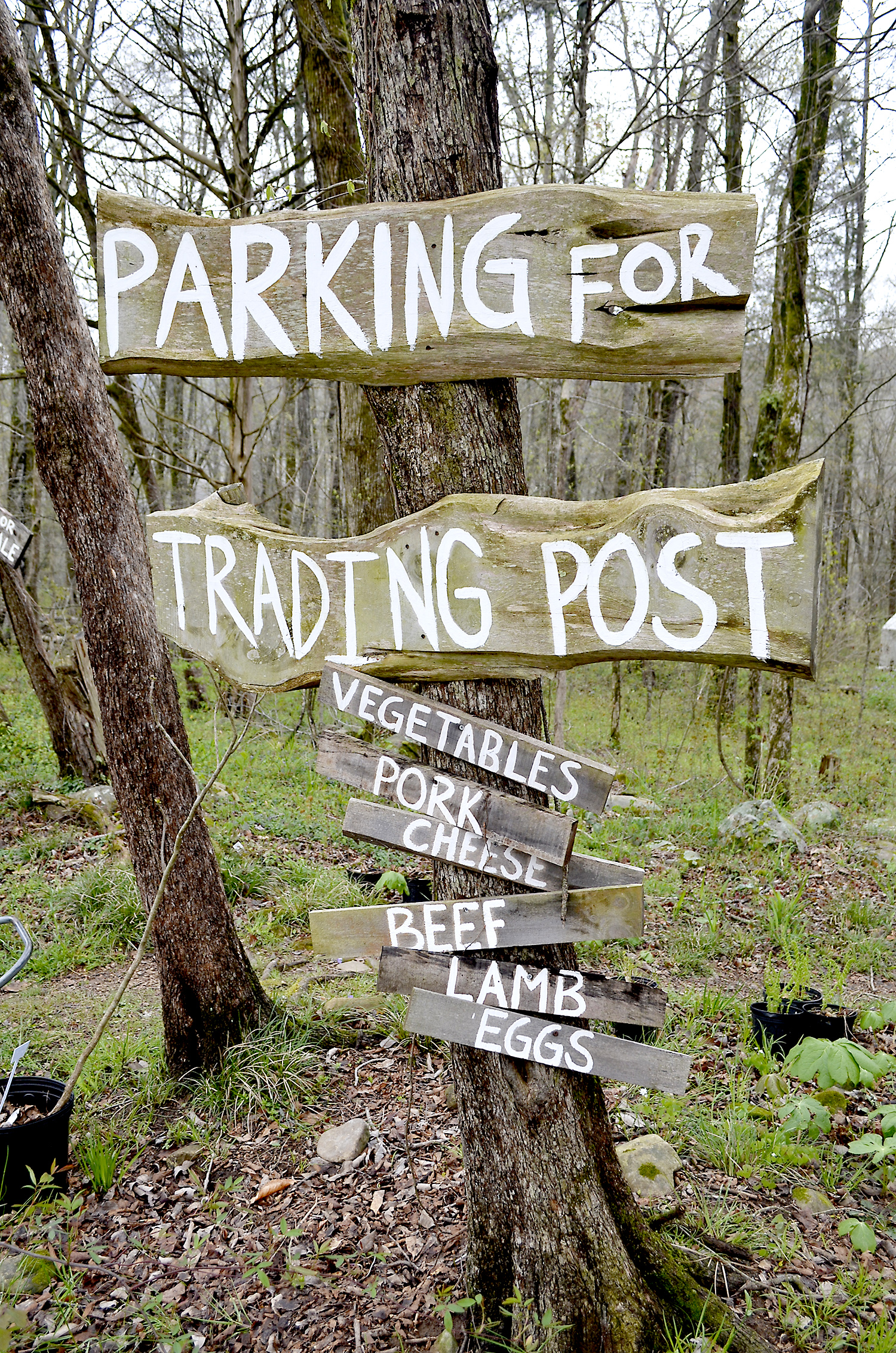Long before I ever stepped foot on Sequatchie Cove Farm, I had heard locals sing its praises.
While writing stories about healthy living, food enthusiasts had urged me to try the farm's organic milk, vegetables and eggs, promising freshness and quality so superb I would never go back to the typical store-bought stuff.
"That's the only place we get our meat now," Johnny Kimmons, founder of the Sequatchie Valley Institute, had told me during a previous interview.
Since setting up shop on the farm in 2010, the owners of Sequatchie Cove Creamery have also attracted a fair amount of attention, with their handcrafted raw-milk cheeses raking in more than 10 awards from the American Cheese Society and the Good Food Foundation over the last six years.
With the family-run farm's recognition only continuing to grow, I had to know what made its offerings so irresistible. So with my editor's blessing, I went undercover during one of the monthly Farm Walks to discover the truth.
The Investigation Begins
When I pulled up to the farm in early April, I was promptly greeted by Bill Keener, owner of the property and keeper of its secrets.
Usually, the farm sees 20-30 sightseers during these monthly walks, Keener told our unusually small group as we bundled up against the chilling winds. That day, only 10 of us had braved the cold.
Over the next hour, Keener gave us an in-depth look at the farm's diverse operations, from his shiitake mushroom station to the farm's impressive garden. But my real work began when he led us over to the dairy cows, which he called the "center of the farm."
I squinted at the black and brown cattle loitering in the distance as we approached the 15-acre field. They didn't look any different from other cows. What earned their milk such high praise?
As if on cue, Keener let the secret slip. "We do what's called 'rotational grazing,'" he said.
I readied my notebook. This was it!
Keener pointed to the wire fence surrounding the field as he began his explanation. The electric fencing divides the field into 1-acre blocks, he said. Every 12 hours, the cows are milked, then moved into another block whose plot of grass has remained untouched for 30-90 days. The system gives the grass time to store up tasty nutrients in its top 3-6 inches, the farmer said.
"It's like a fresh salad every day," he explained.
This was revolutionary, I thought as my pen zipped back and forth along the page.
Then Keener let us in on another little secret: The technique is not new.
My pen slowed and my visions of national acclaim evaporated as he explained that the rotational method was copied not from a distant ancestor or a rival farmer, but from the American bison, who invigorated the land years before by roaming from one feeding ground to the next.
"We're basically using techniques that mimic the way nature works naturally," Keener said.
The practice is evident all throughout the farm, he noted as we continued the tour. Chickens raised for their meat are kept in floorless, mobile pens that are moved daily so they can fertilize the land, and pigs are migrated every two or three weeks to let them clean out specific areas, while giving them access to fresh bugs, acorns and other vegetation.In return, the healthier animals yield tastier milk, eggs and meat, Keener explained.
It all seemed too easy. If the secret to fine produce was that simple, why wouldn't more farmers be doing it?
Clearly, Keener was a master of misdirection. There had to be more he wasn't telling us. So I turned my attention instead to the mystery of the cheese.
Mystery of the Cheese
Since Keener had obviously been trained to resist interrogation, I set my sights on Padgett Arnold, who greets visitors at the end of each tour.
Padgett, I learned, is the co-owner of Sequatchie Cove Creamery and better half to Nathan, whom she called the mastermind behind the creamery's seven varieties of handcrafted cheese. In addition to Nathan's creative process that constantly "pushes the envelope," Padgett attributed the creamery's success, in part, to the fact that they produce the milk themselves.
"We have a really, really intimate relationship with the milk," she said.
That was an understatement. During the tour, Keener had taken us to the farm's milking station, where dairy manager Randall Tomlinson uses vacuum pumps to collect about 300 gallons of milk from the cows each day.
The milk travels through the station's labyrinth of pipes and eventually makes its way to the creamery, located right next door. From there, the raw milk is used to make the award-winning cheeses, which are aged anywhere from 60 days to a full year, Keener had told us while we gaped at the huge stainless steel cheese vats.
"It's hard, it's more complicated, it's certainly a burden in a lot of ways, but it's also to our advantage because we really know our product from even the raw materials before we even turn it into a real cheese," Padgett said.She must have been able to tell I was skeptical, so she offered me and the other visitors samples - for free.
Devious.
It was obviously a ploy to curb my investigation, I thought as Padgett led me past pots giving off the tantalizing aroma of cooked meat, over to a table filled with cheese samplings. She pointed out the Coppinger, a rind cheese with a decorative layer of vegetable ash running through the center, then showed me the Shakerag Blue, a crumbly blue cheese wrapped in fig leaves that had been soaked in Chattanooga Whiskey.
Intriguing. But I would not be so easily diverted from my mission.
I popped a piece of the Coppinger into my mouth to be polite, then turned to ask her what her secret really was, but I was distracted by the burst of creamy flavor playing on my lips. My chewing instinctively slowed as I let the savory cheese melt onto my tongue.
This was undoubtedly part of their plan to silence me, I concluded as I let the smoky flavor disappear down my throat. It would never work. I would expose their secret at all costs. But maybe after just one more piece of cheese.
I opted to try the Dancing Fern, the creamery's very first award-winner. The creation is based on Reblochon, a popular French cheese that can't be imported into the U.S. because of raw-milk regulations set by the Food and Drug Administration.
Readers, I am ashamed of what happened next.
I spent the rest of the morning trying out the unique cheeses. And I may have taken a block of the Coppinger home with me - for further study, of course. But my mission, all in all, had ended in failure.
I suppose I'll just have to try again in late summer or sometime this fall, when the farm's potatoes, sugar-snap peas and sweet corn are ready for harvest.
And maybe, if I'm lucky, they'll have more samples.

